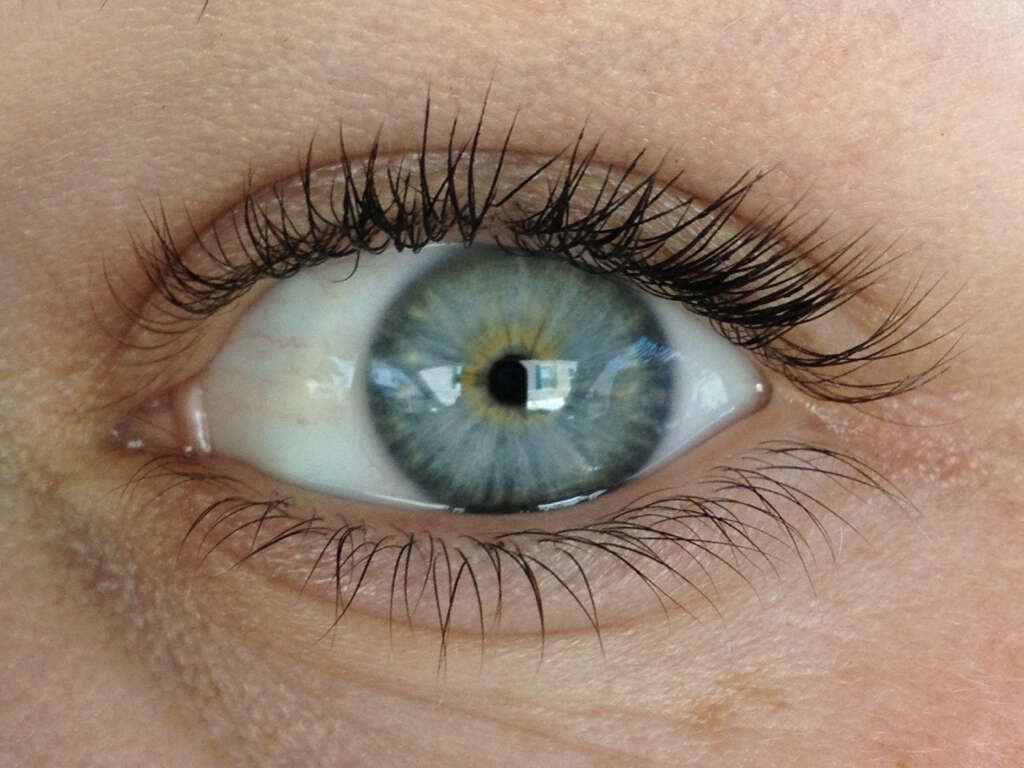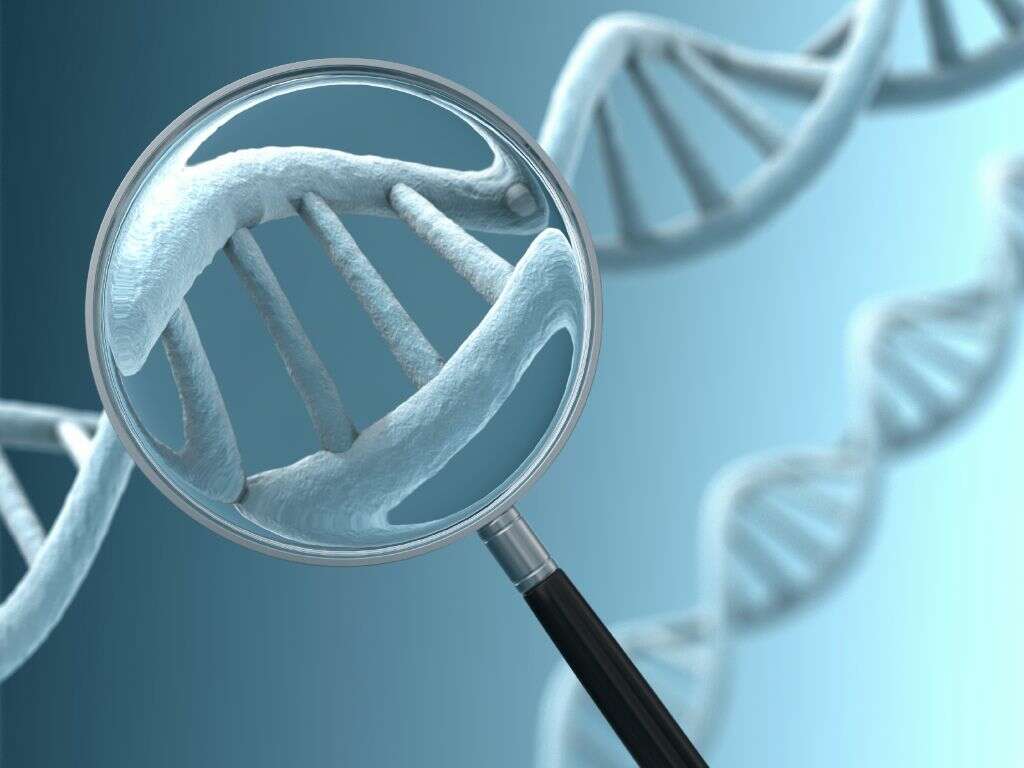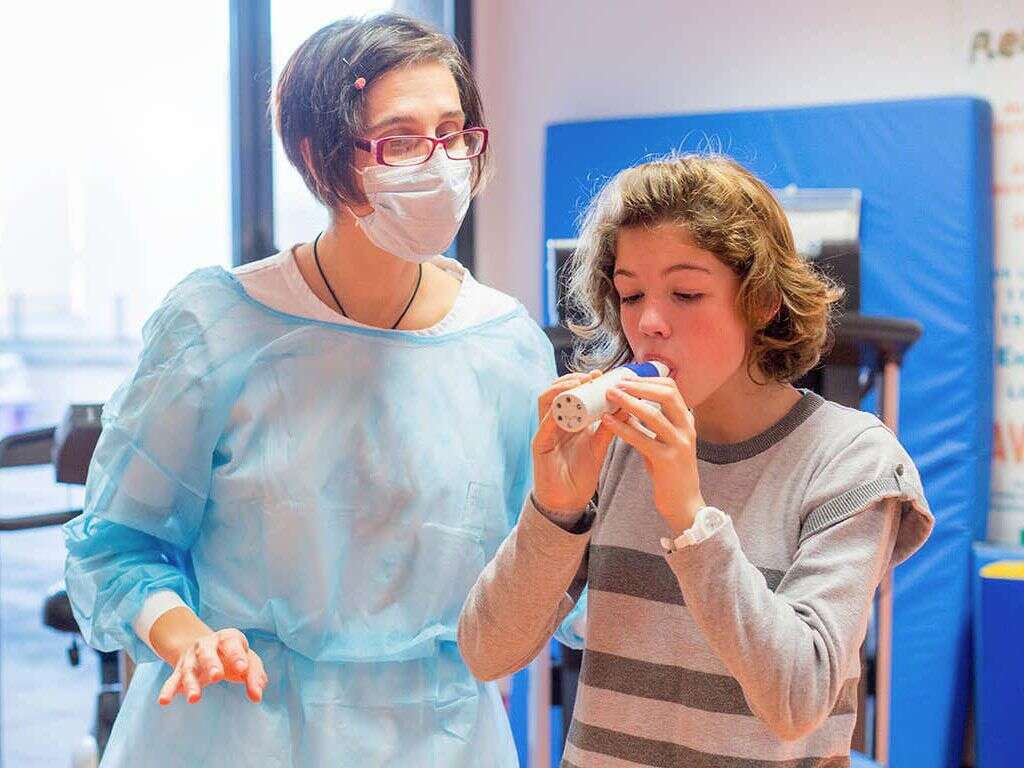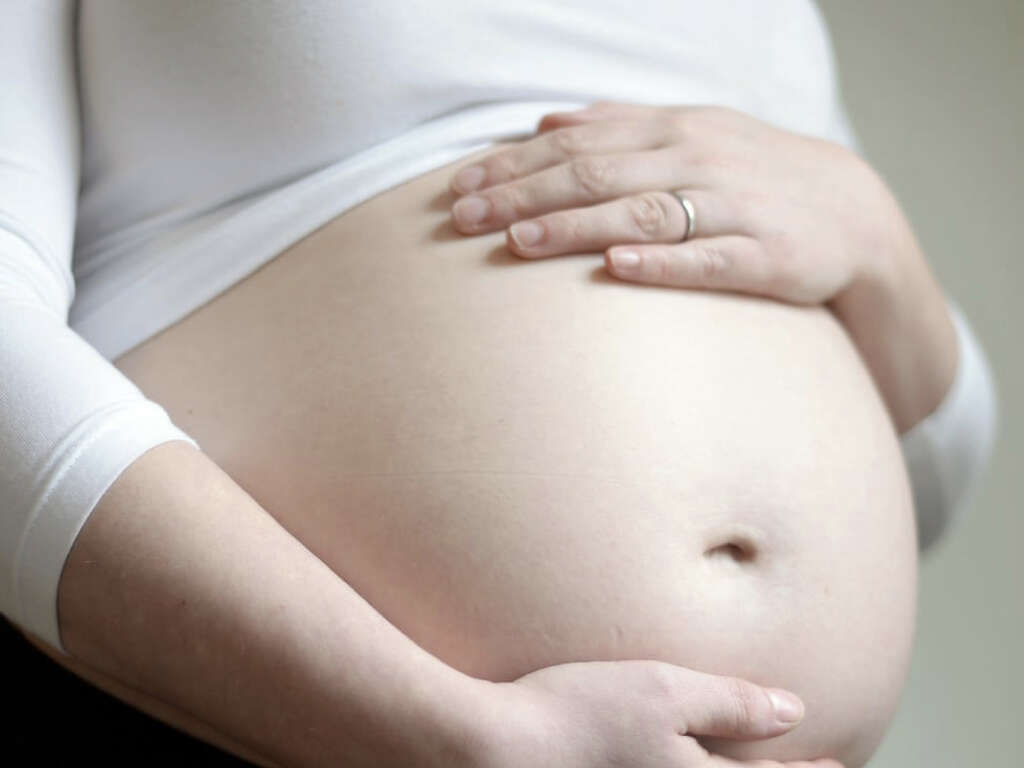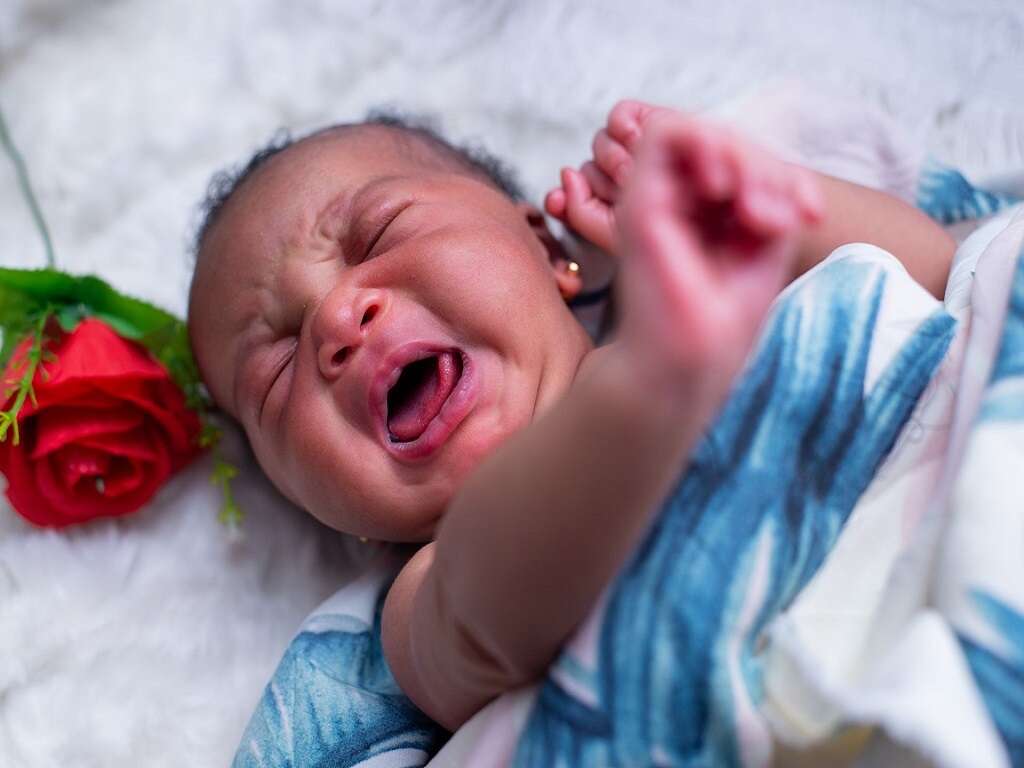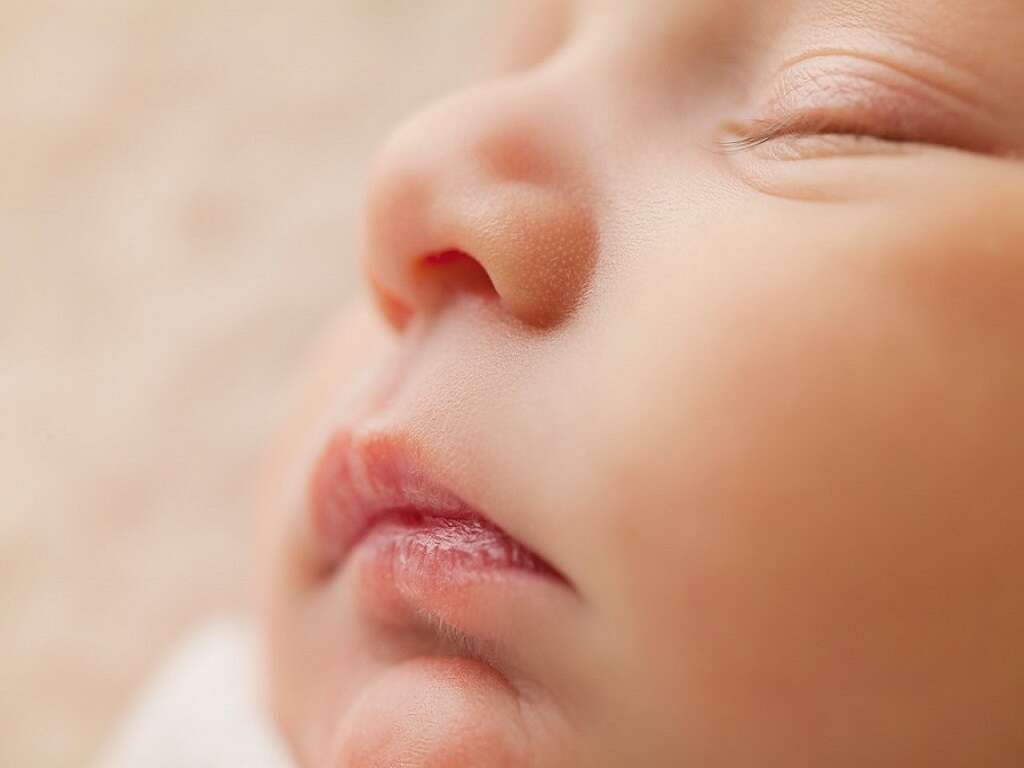Mongolian Spots Diagnosis, Causes & More
 Article Sources
Article Sources
- 1. Gupta D; Thappa DM. ‘Mongolian spots: How important are they?’ World Journal of Clinical Cases. https://www.ncbi.nlm.nih.gov/pmc/articles/PMC3856299
- 2. ’Mongolian blue spots.’ Medline Plus. https://medlineplus.gov/ency/article/001472.htm
- 3. Kikuchi I. ‘What is a Mongolian Spot?’ International Journal of Dermatology. 1982 https://onlinelibrary.wiley.com/doi/abs/10.1111’Mongolian Spot.’ American Osteopathic College of Dermatology. https://www.aocd.org/page/MongolianSpot
Mongolian spots are genetic birthmarks that were first recognized and named by a German physician working in Japan in the early 1900s. Because his introduction to them occurred in Asia, he assumed the children were of Mongolian descent and named them Mongolian spots. This name has become controversial, however.
Almost universally thought to be benign, Mongolian spots may be a marker for other genetic disorders that may threaten the baby's health. When a child is born with these lesions, a pediatrician may want to explore these additional anomalies further.1Gupta D; Thappa DM. ‘Mongolian spots: How important are they?’ World Journal of Clinical Cases. https://www.ncbi.nlm.nih.gov/pmc/articles/PMC3856299
1. What Are Mongolian Spots?
Mongolian spots are congenital birthmarks that appear on the skin at birth or shortly after. Occurring mostly on the lower back and buttocks, they may also appear elsewhere on the body, such as the shoulders, or they may sometimes cover a wider area of the back. While they are typically thought to be benign, they may be associated with other genetic and skin ailments.1Gupta D; Thappa DM. ‘Mongolian spots: How important are they?’ World Journal of Clinical Cases. https://www.ncbi.nlm.nih.gov/pmc/articles/PMC3856299
The birthmarks are flat, smooth and resemble bruising, but don't share other characteristics of bruises. They are not painful and don't change the texture of the skin. They also don't change color. Several smaller spots may be clustered together.2’Mongolian blue spots.’ Medline Plus. https://medlineplus.gov/ency/article/001472.htm
2. Who Gets Mongolian Spots?
Mongolian spot birthmarks are most prevalent in Asians, Africans and Native Americans but can appear within any ethnic group. They are the most frequent birthmark type, occurring in 10 percent of people in the Caucasian ethnic group, 50 percent of Hispanics and 90 to 100 percent of African and Asian heritage.
The darker the normal skin color is, the more likely Mongolian spots are to be present in the newborn. The concentration of the pigment-carrying cells determines the color and intensity of the spots.1Gupta D; Thappa DM. ‘Mongolian spots: How important are they?’ World Journal of Clinical Cases. https://www.ncbi.nlm.nih.gov/pmc/articles/PMC3856299

3. What Causes Mongolian Spots?
Mongolian spots are formed by collections of melanocytes, pigment-carrying cells, under the skin. It's not known why people with pigmented skin form them more readily, but research focuses on the development of these cells in the fetus and the time it takes for the body to absorb them.2’Mongolian blue spots.’ Medline Plus. https://medlineplus.gov/ency/article/001472.htm
The National Museum of Anthropology and History in Mexico has stated that the spots resulted from a mutant gene that arose 10,000 years ago in Mongolia. This supports speculation that Native Americans originated in Asia.3Kikuchi I. ‘What is a Mongolian Spot?’ International Journal of Dermatology. 1982 https://onlinelibrary.wiley.com/doi/abs/10.1111’Mongolian Spot.’ American Osteopathic College of Dermatology. https://www.aocd.org/page/MongolianSpot
4. Signs & Symptoms
Mongolian spots appear at birth or within a few weeks. Most are blue, bluish-gray, blue-green or black. It's commonly located on the shoulders or lower back area just above the buttocks.
The spots are oval or irregularly shaped or grouped together. The birthmark looks like a bruise, but it doesn't hurt or change color when pressed. This is an important distinguishing characteristic. Red birthmarks occur because of too many blood vessels. They can have many complications, such as bleeding and pain.1Gupta D; Thappa DM. ‘Mongolian spots: How important are they?’ World Journal of Clinical Cases. https://www.ncbi.nlm.nih.gov/pmc/articles/PMC3856299
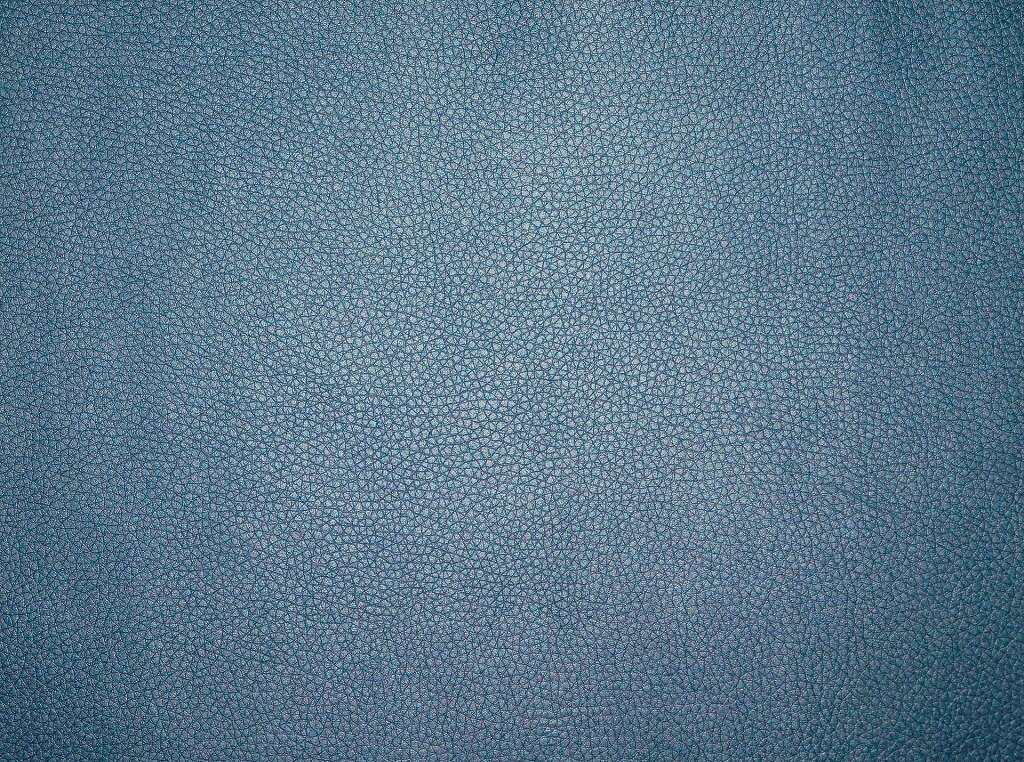
5. Diagnosis of Mongolian Spots
There are no diagnostic tests for Mongolian spots. The diagnosis is made based on typical physical characteristics. An exam and history help to rule out other skin disorders.
Characteristics include the size of 1 to 3 inches, along with the shape, color and location on the body. In addition, the spot is flat with no change in the texture of the skin. It is painless and usually disappears in about one to two years, although some can last into adulthood.
6. Disorders Related to Mongolian Spots
While Mongolian spots are benign and do not cause illness, research has found several related pediatric disorders that may coexist with the spots. Some of these associated disorders can be serious and may lead to death.
When an infant is diagnosed with Mongolian spots, the pediatrician may wish to order genetic studies to determine whether other conditions exist. Sometimes these conditions affect the spinal column and cord. Another example is Hurler's disease, which involves skeletal abnormalities, heart disease and other symptoms.1Gupta D; Thappa DM. ‘Mongolian spots: How important are they?’ World Journal of Clinical Cases. https://www.ncbi.nlm.nih.gov/pmc/articles/PMC3856299
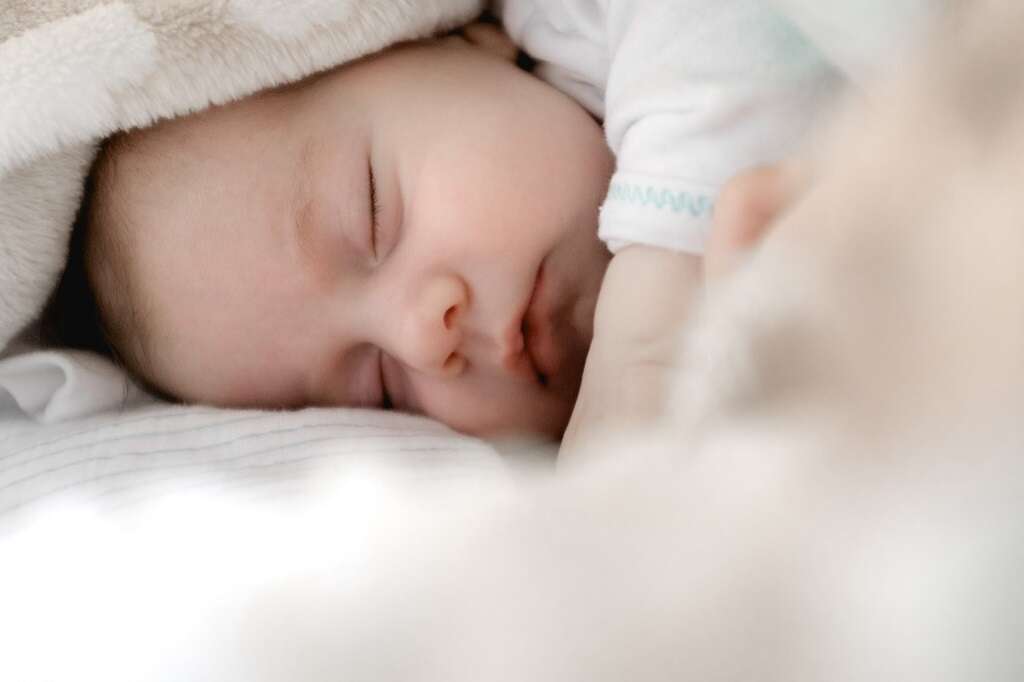
7. Treatment of Mongolian Spots
If a lesion turns out to carry the usual signs of a Mongolian spot, no treatment is necessary. If the spots last into the teens, laser surgery may be used to remove them.
If underlying disorders exist, treatment is focused on therapeutic and palliative care. Typical red birthmarks may respond well to removal by laser. For many babies, conservative treatment includes covering the area with a diaper or clothes until it disappears.
8. Medical-Legal Implications of Mongolian Spots
Because Mongolian Spots look like bruises, it's important Mongolian Spots at birth are documented to prevent formal and informal abuse charges. This documentation should be kept handy by the parents to be produced for clinicians to avoid misunderstandings in the case of emergency visits.
The difference between a bruise and a Mongolian Spot can be determined by pressing on the spot, looking for signs of pain and blanching of the skin, neither of which is present in Mongolian Spots.2’Mongolian blue spots.’ Medline Plus. https://medlineplus.gov/ency/article/001472.htm

9. When To Call a Doctor
The obstetrician who first discovers Mongolian spots on a newborn should note its presence on the baby's official record. This should alert the child's pediatrician to explore other genetic conditions existing with the spots. Frequently, red birthmarks and other vascular lesions may be present, and it's important to document these as well.
After birth, the baby's caregiver should report any late appearance of the spots to the pediatrician, who may choose to explore associated disorders.2’Mongolian blue spots.’ Medline Plus. https://medlineplus.gov/ency/article/001472.htm
10. Summary
Mongolian spots appear on the back and buttocks of newborns and young infants. Most disappear within a year or two, but they may persist to the teen years. They are prevalent in people of Asian, Hispanic, African and Native American ethnicity.
Mongolian spots themselves are benign, but research has shown that other serious and possibly fatal diseases can be associated with them. Because Mongolian spots appear similar to bruising, documentation is important at birth to avoid mistaking the condition with abuse.




